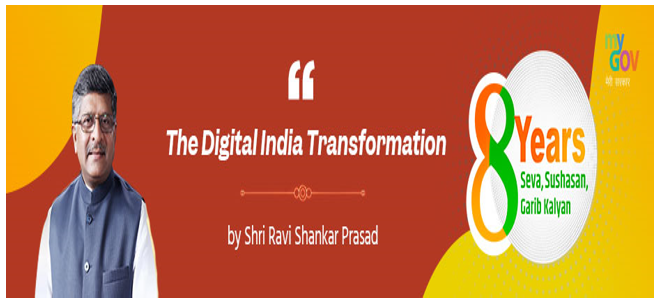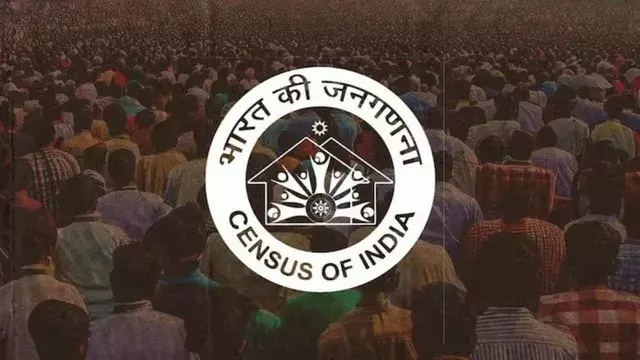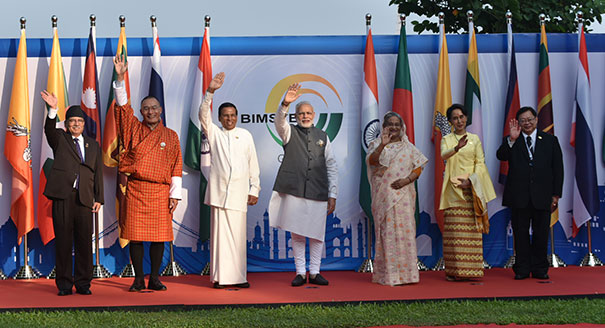- Courses
- GS Full Course 1 Year
- GS Full Course 2 Year
- GS Full Course 3 Year
- GS Full Course Till Selection
- Answer Alpha: Mains 2025 Mentorship
- MEP (Mains Enrichment Programme) Data, Facts
- Essay Target – 150+ Marks
- Online Program
- GS Recorded Course
- Polity
- Geography
- Economy
- Ancient, Medieval and Art & Culture AMAC
- Modern India, Post Independence & World History
- Environment
- Governance
- Science & Technology
- International Relations and Internal Security
- Disaster Management
- Ethics
- NCERT Current Affairs
- Indian Society and Social Issue
- NCERT- Science and Technology
- NCERT - Geography
- NCERT - Ancient History
- NCERT- World History
- NCERT Modern History
- CSAT
- 5 LAYERED ARJUNA Mentorship
- Public Administration Optional
- ABOUT US
- OUR TOPPERS
- TEST SERIES
- FREE STUDY MATERIAL
- VIDEOS
- CONTACT US
Digital India Mission celebrated 8th Anniversary
Digital India Mission celebrated 8th Anniversary
12-07-2023

Latest Context:
Recently, the Government of India celebrated 8th Anniversary of ‘Digital India Mission’.
About the Digital India Mission
- It’s an initiative launched by the Government of India in 2015 to transform the country into a digitally empowered society.
- The mission aims to use technology and digital tools to improve governance, deliver public services, and enhance digital literacy and skills across the country.
key objectives of the Digital India Mission are as follows:
- Infrastructure Development: The mission aims to provide high-speed internet connectivity in rural and remote areas and ensure that every citizen has access to affordable and reliable broadband services. It includes the establishment of the National Optical Fiber Network (NOFN) to connect all gram panchayats (village councils) with broadband connectivity.
- Broadband Highways: The mission focuses on the creation of a robust digital infrastructure by connecting various parts of the country through a network of highways, i-ways and rural broadband.
- Public Internet Access: It aims to establish Common Service Centers (CSCs) or "Digital Seva Kendras" at the village level to provide various government services, digital literacy training, and access to information and communication technology resources to citizens.
- e-Governance and Service Delivery: The mission aims to make government services available to citizens electronically by implementing various e-governance initiatives. It includes the development of platforms like the MyGov portal, which enables citizens to participate in governance and policy-making processes.
- Digital Literacy: The Digital India Mission focuses on promoting digital literacy and digital skills among citizens, especially in rural and remote areas. It includes initiatives like the Pradhan Mantri Gramin Digital Saksharta Abhiyan (PMGDISHA) and the Digital Saksharta Abhiyan (DISHA) to provide digital literacy training to individuals.
- Digital Empowerment of Citizens: The mission aims to empower citizens through digital technologies by providing them with access to information, digital services, and digital financial inclusion. Initiatives like Aadhaar, Digital Locker, and Direct Benefit Transfer (DBT) are part of this objective.
- Information for All: The mission focuses on making government information and services available to all citizens through digital platforms and portals. It includes initiatives like the National Portal of India and the National Knowledge Network.
What are the achievements of Digital India Mission?
- Digital Infrastructure Development: The Bharat Net project, a key component of the mission, has connected over 150,000 village councils (gram panchayats) with high-speed broadband connectivity. India has witnessed a significant increase in internet penetration, with the number of internet users reaching over 692 million in January 2023. The mission has facilitated the establishment of Common Service Centers (CSCs) across the country, providing access to government services, digital literacy training, and e-commerce facilities to citizens.
- e-Governance and Service Delivery: The implementation of various e-governance initiatives has improved the efficiency and accessibility of government services. Initiatives like Digital Locker, e-Hospital, and e-Courts have streamlined processes and reduced paperwork. The MyGov platform has encouraged citizen participation in governance and policy-making, enabling direct communication between citizens and the government.
- Digital Literacy and Skill Development: The Digital Saksharta Abhiyan (DISHA) and Pradhan Mantri Gramin Digital Saksharta Abhiyan (PMGDISHA) have provided digital literacy training to millions of individuals, especially in rural areas. The National Skill Development Corporation (NSDC) has collaborated with industry partners to offer skill development programs in areas such as IT and electronics manufacturing.
- Digital Financial Inclusion: The Jan Dhan Yojana, a financial inclusion program, has led to opening of over 450 million bank accounts, providing access to formal banking services for previously unbanked individuals. Initiatives like the Unified Payments Interface (UPI), Aadhaar-enabled Payment System (AePS), and Bharat Bill Payment System (BBPS) have simplified digital payments and promoted cashless transactions.
- Start-up and Innovation Ecosystem: The Start-up India initiative, which is closely aligned with the Digital India Mission, has promoted a vibrant start-up ecosystem in the country, promoting innovation and entrepreneurship. Several start-ups have emerged in areas like e-commerce, fintech, health-tech, and ed-tech, contributing to job creation and economic growth.
- Digital Healthcare: The National Health Mission (NHM) has implemented various digital health initiatives, including the National Health Portal, e-Hospital, and telemedicine services, improving access to healthcare services for citizens. The CoWIN platform, developed as part of the mission, played a critical role in the nationwide COVID-19 vaccination drive, enabling online registration, appointment booking, and vaccine certificate generation.
Challenges in front of Digital India Mission are:
- Infrastructure and Connectivity: Despite significant efforts, there are areas in the country that still lack reliable internet connectivity and adequate digital infrastructure. Extending high-speed broadband to remote and rural regions remains a challenge, hindering digital access and inclusion in those areas.
- Digital Divide: There is a persistent digital divide in India, with disparities in access to digital tools and skills between urban and rural areas, as well as among different socio-economic groups. Bridging this divide and ensuring equitable digital access for all citizens is a crucial challenge.
- Digital Literacy and Skills: While initiatives like DISHA and PMGDISHA have made progress in promoting digital literacy, there is a need for sustained efforts to enhance digital skills among all sections of society. Improving digital literacy levels, particularly in rural areas, is essential to fully harness the benefits of the Digital India Mission.
- Privacy and Data Security: With the increased adoption of digital technologies, ensuring privacy protection and data security has become a significant concern. Safeguarding personal data and establishing robust cybersecurity measures are critical challenges to build trust in digital platforms and services.
- Content Localization and Diversity: India is a linguistically diverse country and ensuring digital content availability in regional languages is crucial for effective communication and access to information. Efforts to promote localization and diverse content creation need to be strengthened.
- Cyber Threats and Digital Crimes: The rapid digital transformation has also led to an increase in cyber threats, including cyber-attacks, phishing, and online fraud. Strengthening cybersecurity measures and building awareness to tackle digital crimes are important challenges for the Digital India Mission.
- Regulatory Framework and Digital Governance: As technology advances, there is a need for a solid and adaptable regulatory framework to govern the digital space effectively. Addressing regulatory challenges and ensuring responsible digital governance are key aspects that require attention.
- Digital Inclusion of Marginalized Communities: Ensuring digital inclusion of marginalized communities, such as women, persons with disabilities, and economically disadvantaged groups, remains a challenge. Efforts should be directed towards overcoming barriers and providing equal opportunities for these communities to participate in the digital ecosystem.
Conclusion and Way Forward
Addressing these challenges requires collaborative efforts between the government, private sector, civil society and other stakeholders. Continued investment in digital infrastructure, comprehensive digital literacy programs, robust cybersecurity measures, and inclusive policies will be instrumental in overcoming these challenges and realizing the full potential of the Digital India Mission.
Must Check: IAS Coaching Centre In Delhi



